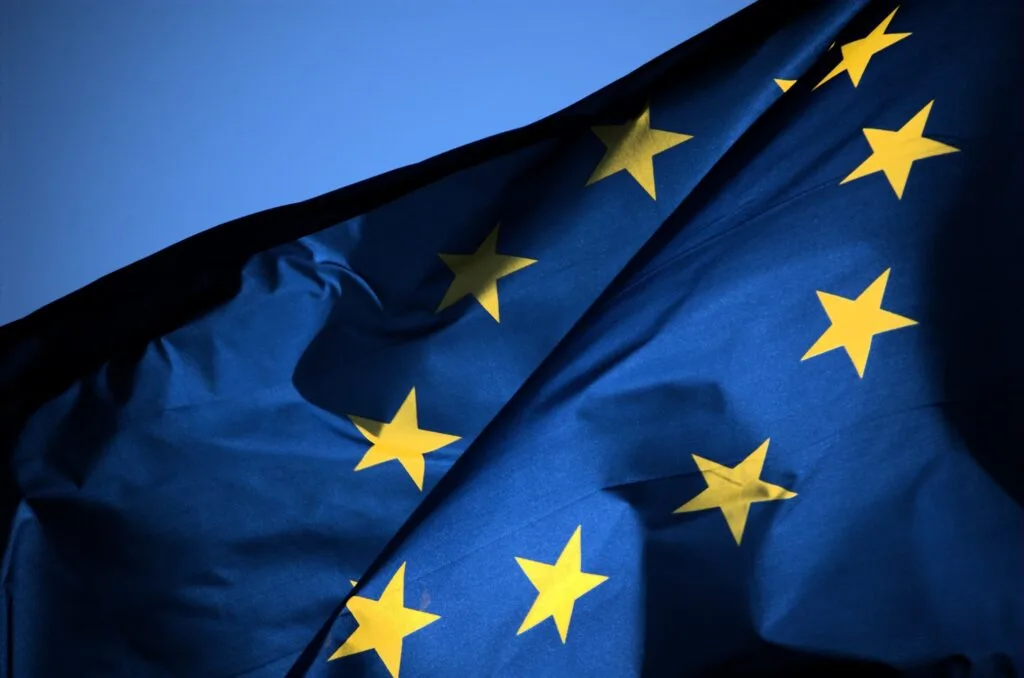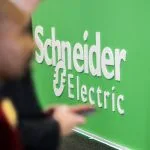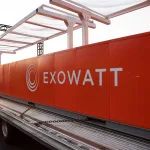EU to set Ecodesign Plan Prioritizing Circular Standards for Apparel, Steel, Furniture

- Strategic Focus: The EU will prioritize steel, aluminium, apparel, furniture, tyres, and mattresses for new ecodesign and energy labelling standards from 2025–2030.
- Regulatory Shift: The Ecodesign for Sustainable Products Regulation expands sustainability requirements far beyond energy efficiency, introducing mandates for durability, repairability, and recyclability.
- Market Transformation: A Digital Product Passport and repairability scores aim to reshape consumer behavior and boost EU industrial competitiveness in sustainable product markets.
The European Commission has adopted a 2025–2030 work plan under the Ecodesign for Sustainable Products Regulation (ESPR) and Energy Labelling Regulation, setting the stage for sweeping sustainability rules across key product sectors in the EU.
The regulation empowers the Commission to enforce requirements covering product durability, reusability, repairability, recycled content, and environmental footprint, backed by tools like the Digital Product Passport to improve consumer transparency.
“This initiative marks a major step toward making the circular economy a reality on the ground and sustainable products the norm across the EU,” said Jessika Roswall, Commissioner for Environment, Water Resilience and a Competitive Circular Economy.
“By setting clear priorities, we are providing legal certainty and predictability for the concerned industries, fostering innovation, and driving investment to support the transition to a circular economy.”

Priority Products & Measures
The first wave of products targeted for regulatory attention includes steel, aluminium, apparel textiles, furniture, tyres, and mattresses—selected based on their potential to contribute to the circular economy and climate goals. These sectors are expected to benefit from harmonized EU-wide standards, which aim to reduce administrative burdens, avoid trade barriers, and reinforce competitiveness.
In addition, horizontal measures will introduce:
- Repairability scores for products like consumer electronics and small appliances.
- Recyclability requirements for electrical and electronic equipment.
Future regulations will address both product performance (e.g., minimum energy/resource efficiency, recycled content, spare part availability) and product information (e.g., carbon footprint visibility via the Digital Product Passport or EPREL registry).
RELATED ARTICLE: ClimeCo Launches Program to Certify Sustainable Products
Industry and Stakeholder Engagement
The product selection was guided by technical analysis, stakeholder feedback, and Member State consultations through the Ecodesign Forum. The Commission emphasized its intent to support SMEs and micro-enterprises with tailored resources during the regulatory rollout.
“By leaving out entire product groups like footwear, paints, or chemicals, the Commission risks weakening the potential of the Ecodesign framework,” warned Eva Bille, Head of Circular Economy at the European Environmental Bureau (EEB).
“If the Ecodesign Working Plan only covers a limited set of products, then at the very least it must set the highest possible standards – and close loopholes that let low-quality goods flood the EU market through online platforms.”

Next Steps
Requirements will be implemented via delegated acts on a product-by-product basis, with impact assessments and stakeholder engagement at each stage. For existing energy-related products, updates under the original Ecodesign Directive will continue, with deadlines set before December 31, 2026.
As the EU advances this regulatory shift, businesses offering sustainable, high-performance products stand to gain from first-mover advantages and a more level playing field across the Single Market.
Follow ESG News on LinkedIn












